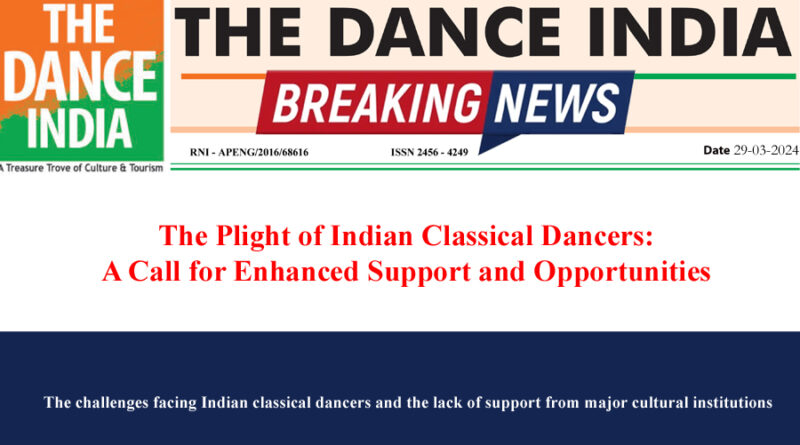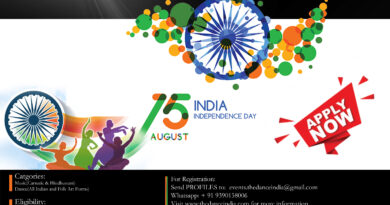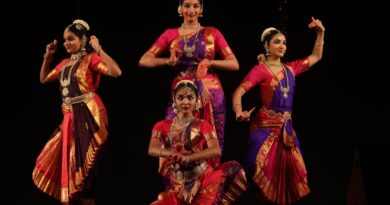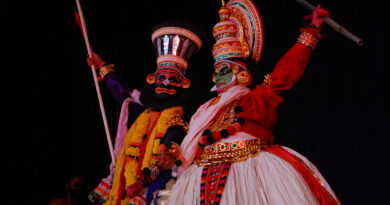The Plight of Indian Classical Dancers: A Call for Enhanced Support and Opportunities
The challenges facing Indian classical dancers and the lack of support from major cultural institutions:
In recent discourse, Indian classical dancers have raised poignant concerns regarding the sustainability of their craft, underscoring issues pertaining to financial stability, limited avenues for showcasing talents, and a dearth of institutional support. Despite their pivotal role as custodians of India’s cultural heritage, burgeoning dancers lament the lack of substantial backing from key institutions tasked with fostering the arts.

Expressing the prevailing challenges, a Kathak exponent hailing from Lucknow emphasized the palpable struggle in attaining a sustainable livelihood through dance, attributing it to the absence of robust governmental policies and funding mechanisms, particularly for nascent careers. While established dancers may occasionally secure patronage from cultural ministries or private entities, the majority find themselves excluded from such opportunities. Notably, institutions like the Indira Gandhi National Centre for the Arts, Sangeet Natak Akademi, and Indian Council for Cultural Relations, alongside regional zonal cultural centers, have faced scrutiny for their perceived failure in creating conducive platforms for emerging professionals.
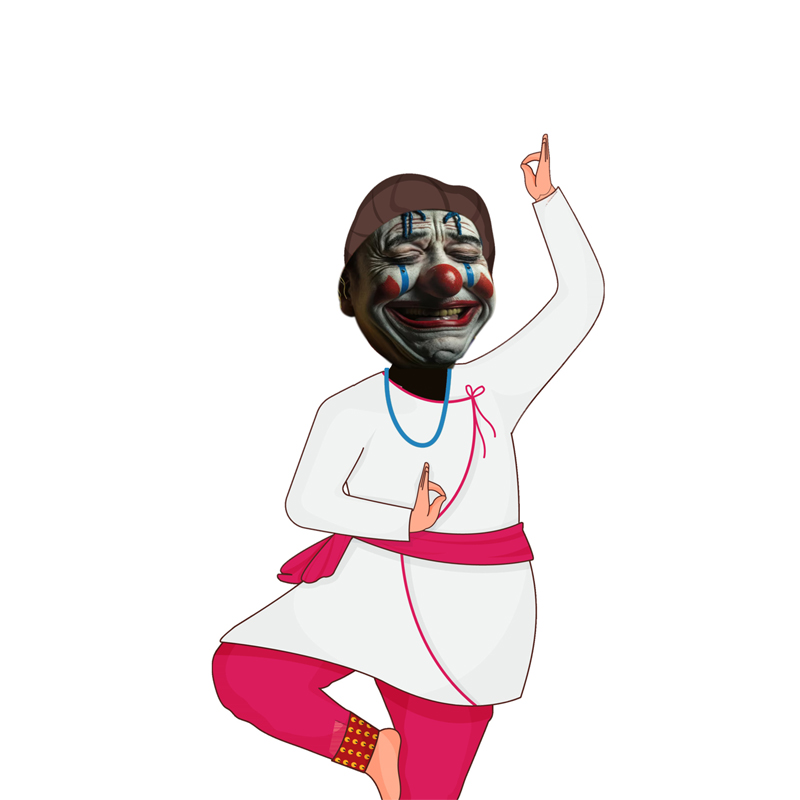
Criticism extends to the disparity between rhetoric and action, as articulated by a Mohiniyattam virtuoso, who lamented the superficial efforts of these bodies in championing traditional art forms. The exorbitant costs associated with top-tier training, costuming, hiring accompanists, and securing performance venues pose formidable barriers for emerging artists, often rendering their pursuit financially unfeasible.
Consequently, financial pressures have prompted many talented dancers to reevaluate their career trajectories, relegating classical dance to the realm of a hobby rather than a viable profession. Stakeholders within the arts community voice apprehension regarding the long-term ramifications for India’s cultural heritage should the current trajectory persist unchecked.
In light of these challenges, the director of the Cultural Academy issued a stern admonition, stressing the imperative for major arts institutions to bolster their efforts in fostering an ecosystem conducive to the development and flourishing of classical dancers. Failure to do so, it is argued, would constitute a dereliction of duty as stewards of India’s ancient artistic traditions, potentially jeopardizing their preservation for posterity.
In conclusion, the plight of Indian classical dancers underscores the urgent need for comprehensive reforms aimed at ameliorating their socioeconomic circumstances and providing equitable opportunities for artistic expression. Only through concerted efforts and genuine commitment from cultural stakeholders can the vibrancy and legacy of these cherished art forms be safeguarded for generations to come.

